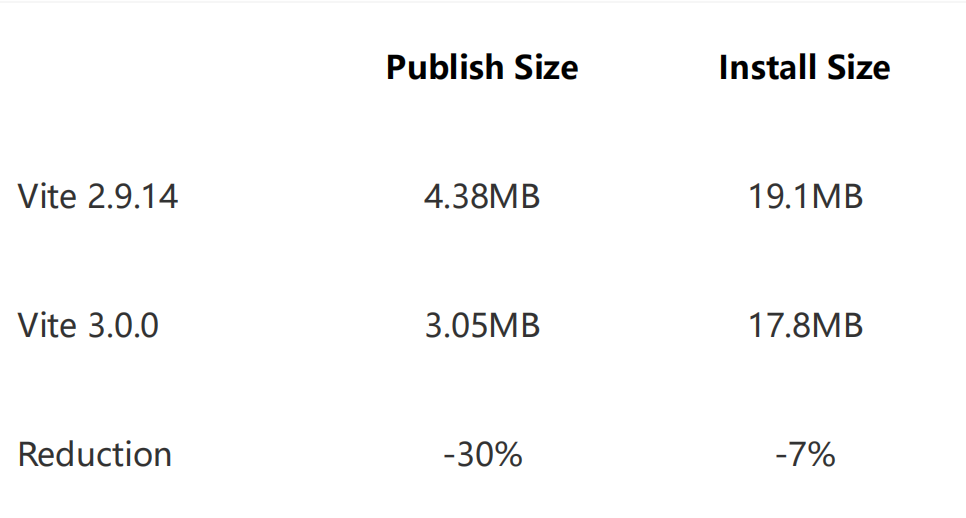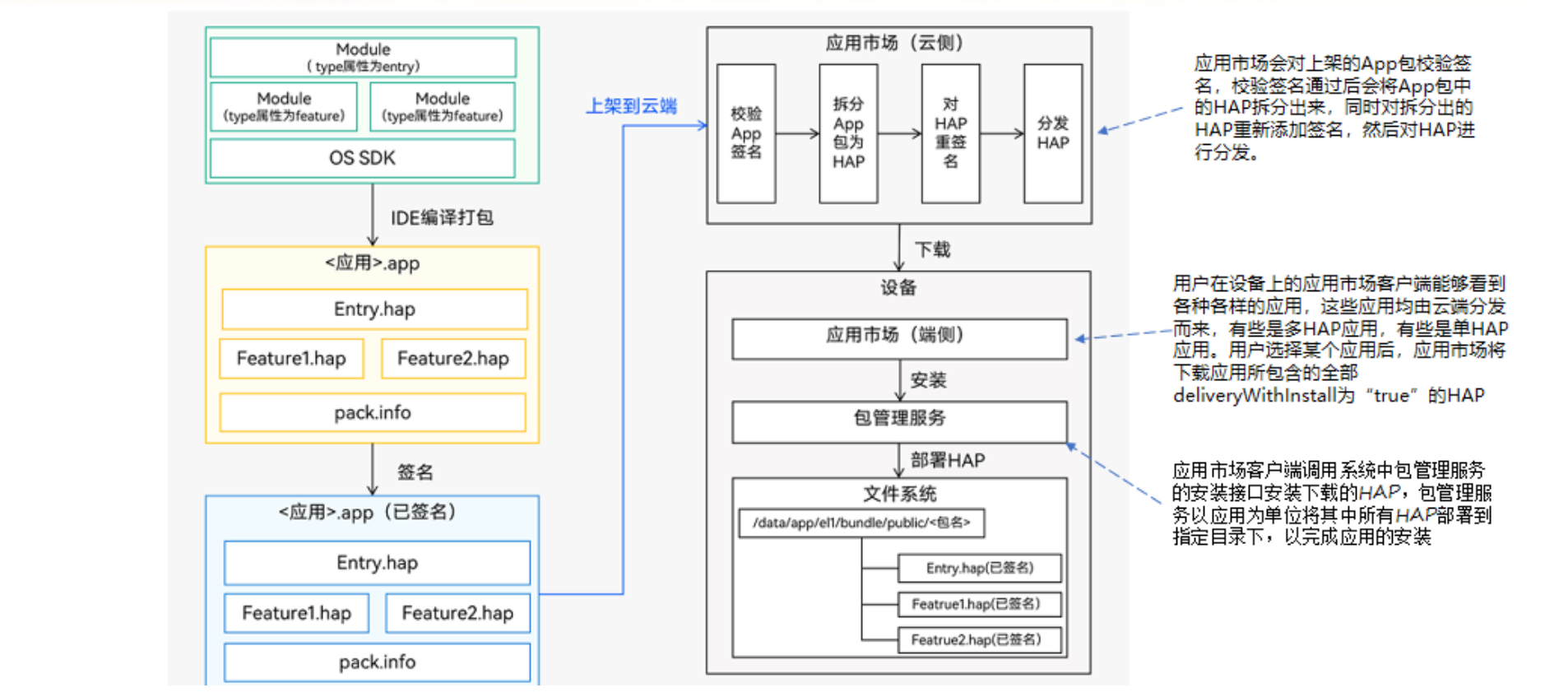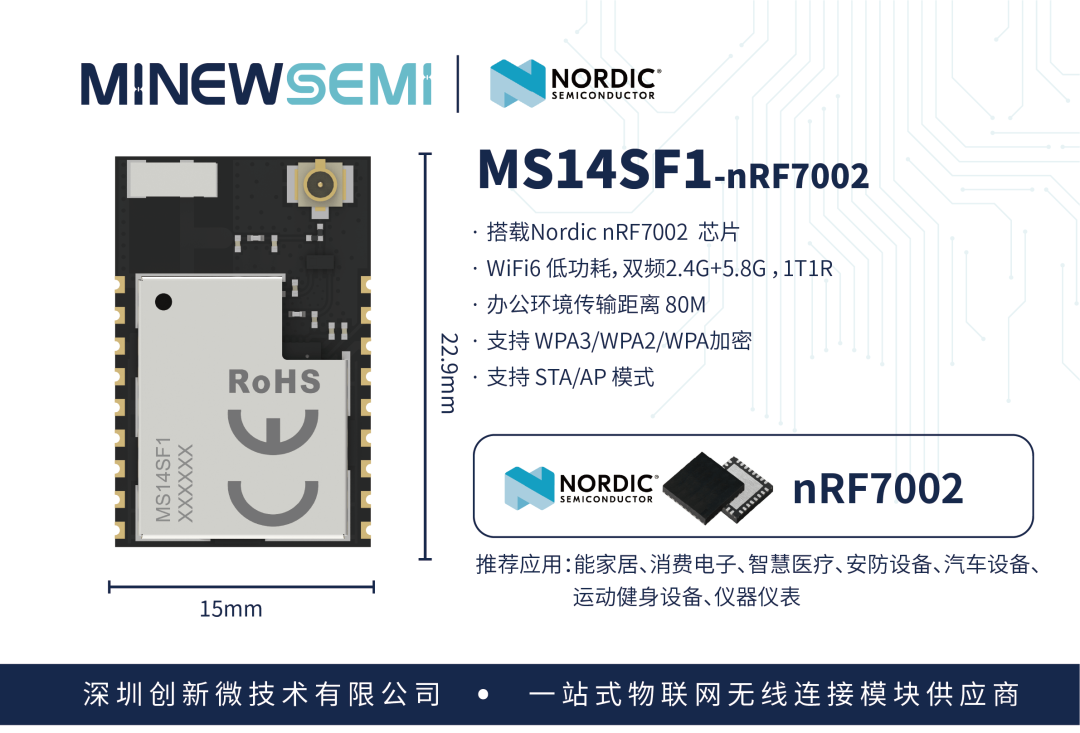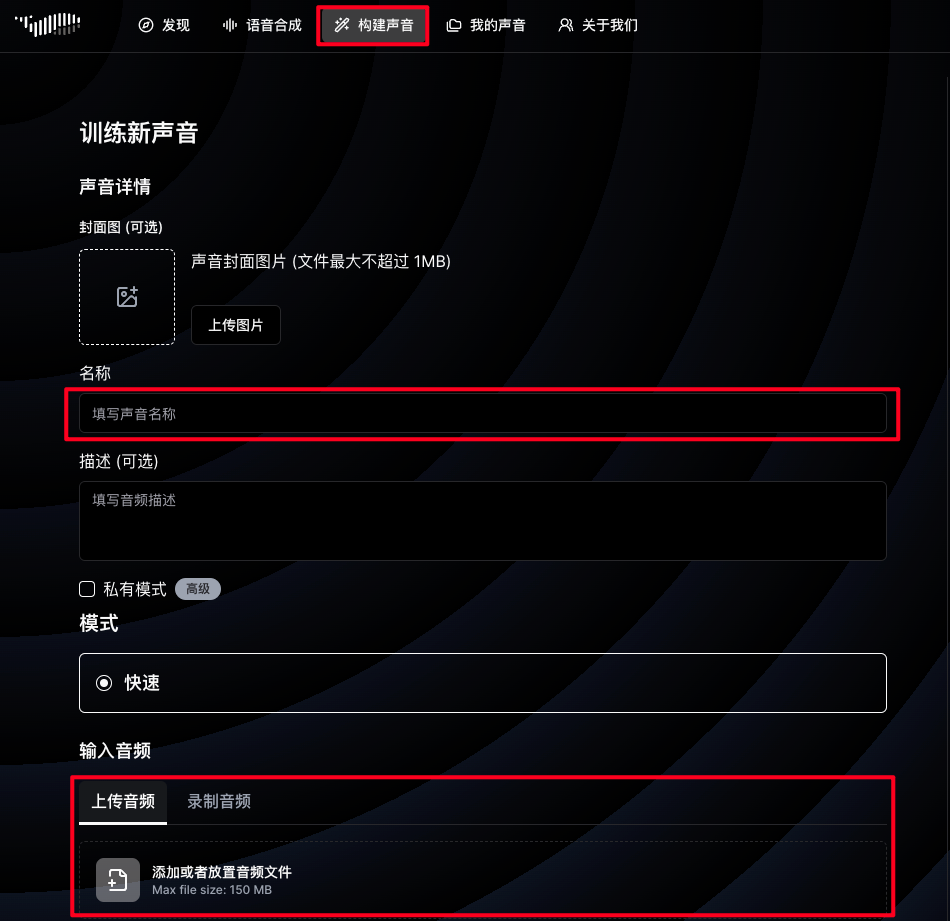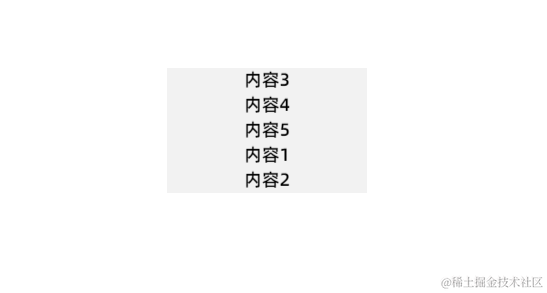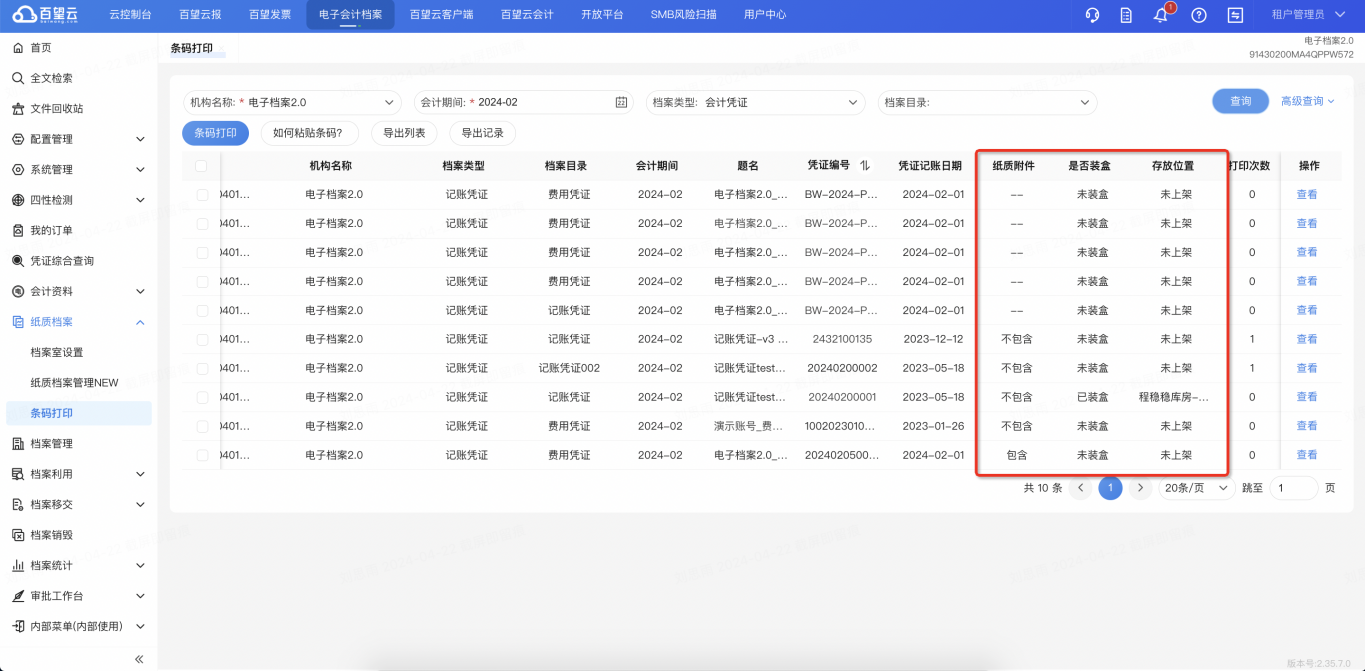Java数据类型教程 - Java字符串搜索
我们可以使用indexOf()和lastIndexOf()方法获取另一个字符串中的字符或字符串的索引。例如
public class Main {
public static void main(String[] args) {
String str = new String("Apple");
int index = str.indexOf("p"); // index will have a value of 1
System.out.println(index);
index = str.indexOf("pl"); // index will have a value of 2
System.out.println(index);
index = str.lastIndexOf("p"); // index will have a value of 2
System.out.println(index);
index = str.lastIndexOf("pl"); // index will have a value of 2
System.out.println(index);
index = str.indexOf("k"); // index will have a value of -1
System.out.println(index);
}
}
上面的代码生成以下结果。

indexOf()方法从字符串的开头开始搜索字符或字符串,并返回第一个匹配的索引。
lastIndexOf()方法从末尾匹配字符或字符串,并返回第一个匹配的索引。
如果在字符串中没有找到字符或字符串,这些方法返回-1。
匹配字符串的开始和结束
startsWith()检查字符串是否以指定的参数开头,而endsWith()检查字符串是否以指定的字符串参数结尾。
两个方法都返回一个布尔值。
public class Main {
public static void main(String[] args) {
String str = "This is a test";
// Test str, if it starts with "This"
if (str.startsWith("This")) {
System.out.println("String starts with This");
} else {
System.out.println("String does not start with This");
}
// Test str, if it ends with "program"
if (str.endsWith("program")) {
System.out.println("String ends with program");
} else {
System.out.println("String does not end with program");
}
}
}
上面的代码生成以下结果。

Java数据类型教程 - Java子字符串
获取子字符串
我们可以使用substring()方法来获取字符串的子部分。
我们可以将开始索引作为参数,并返回一个从开始索引开始到字符串结尾的子串。
我们还可以将开始索引和结束索引作为参数。
它返回从开始索引开始的子字符串和小于结束索引的一个子字符串。
例如,
String s1 = "Hello".substring(1); // s1 has "ello" String s2 = "Hello".substring(1, 4); // s2 has "ell"
分割字符串
使用split()方法将字符串拆分为多个字符串。
使用分隔符执行分割。
split()方法返回一个String数组。
public class Main {
public static void main(String[] args) {
String str = "A,B,C,D";
// Split str using a comma as the delimiter
String[] parts = str.split(",");
// Print the the string and its parts
System.out.println(str);
for (String part : parts) {
System.out.println(part);
}
}
}
上面的代码生成以下结果。

加入字符串
static join()方法将多个字符串连接到一个字符串中。它是重载的。
String join(CharSequence delimiter, CharSequence... elements) String join(CharSequence delimiter, Iterable<? extends CharSequence> elements)
第一个版本采用分隔符和要连接的字符串序列。
第二个版本采用分隔符和Iterable,例如List或Set。
以下代码使用第一个版本来连接一些字符串:
String str = String.join(",", "A", "F", "N", "C", "A");
System.out.println(str);
Java数据类型教程 - Java子字符串
获取子字符串
我们可以使用substring()方法来获取字符串的子部分。
我们可以将开始索引作为参数,并返回一个从开始索引开始到字符串结尾的子串。
我们还可以将开始索引和结束索引作为参数。
它返回从开始索引开始的子字符串和小于结束索引的一个子字符串。
例如,
String s1 = "Hello".substring(1); // s1 has "ello" String s2 = "Hello".substring(1, 4); // s2 has "ell"
分割字符串
使用split()方法将字符串拆分为多个字符串。
使用分隔符执行分割。
split()方法返回一个String数组。
public class Main {
public static void main(String[] args) {
String str = "A,B,C,D";
// Split str using a comma as the delimiter
String[] parts = str.split(",");
// Print the the string and its parts
System.out.println(str);
for (String part : parts) {
System.out.println(part);
}
}
}
上面的代码生成以下结果。

加入字符串
static join()方法将多个字符串连接到一个字符串中。它是重载的。
String join(CharSequence delimiter, CharSequence... elements) String join(CharSequence delimiter, Iterable<? extends CharSequence> elements)
第一个版本采用分隔符和要连接的字符串序列。
第二个版本采用分隔符和Iterable,例如List或Set。
以下代码使用第一个版本来连接一些字符串:
String str = String.join(",", "A", "F", "N", "C", "A");
System.out.println(str);
![YOLOv8数据集可视化[目标检测实践篇]](https://i-blog.csdnimg.cn/direct/4605f4bf1f2f4f0f90e6e76123685806.png)

